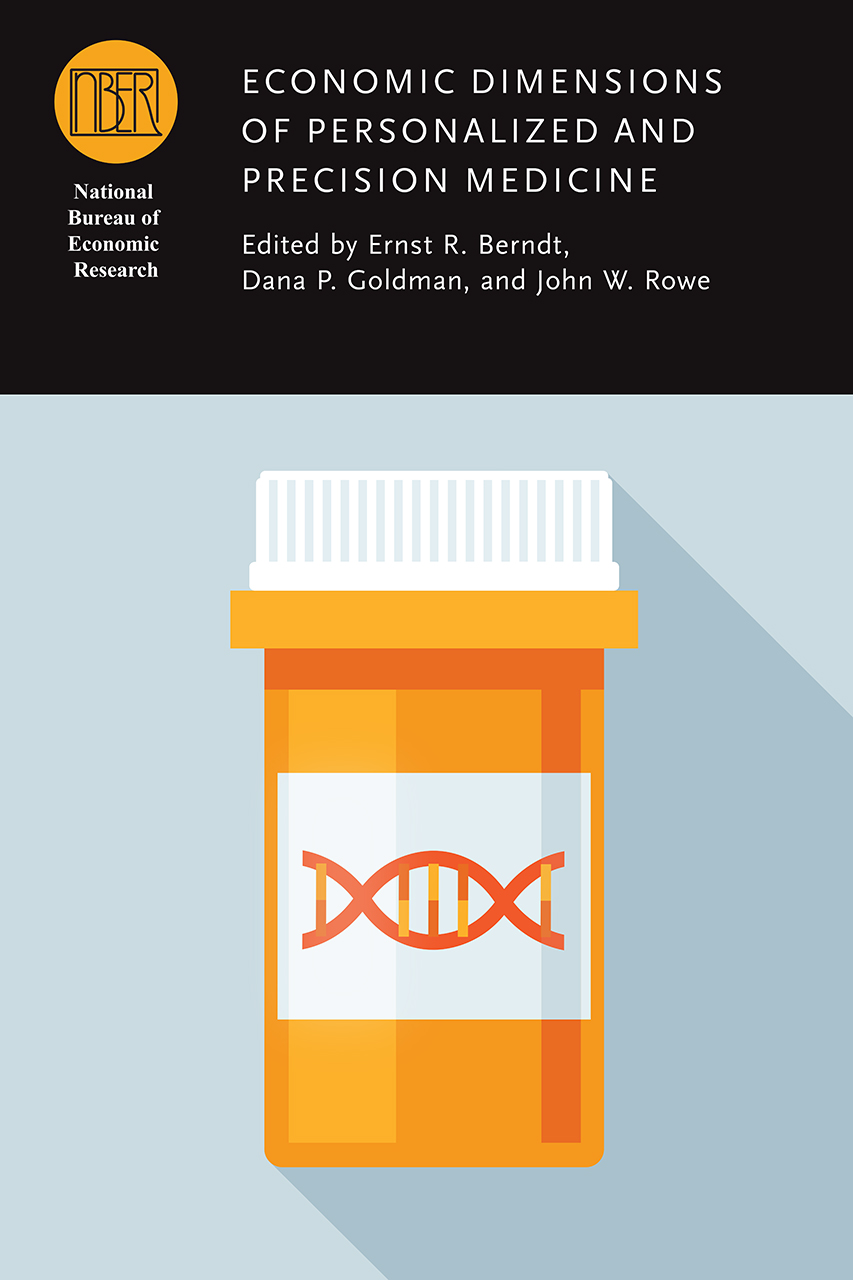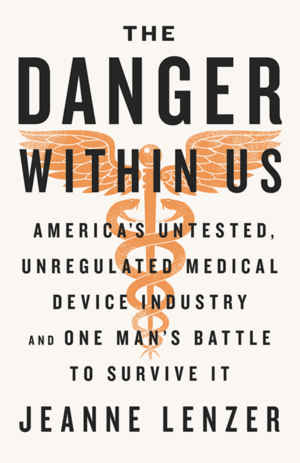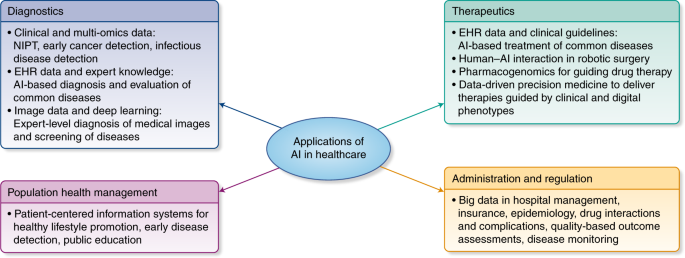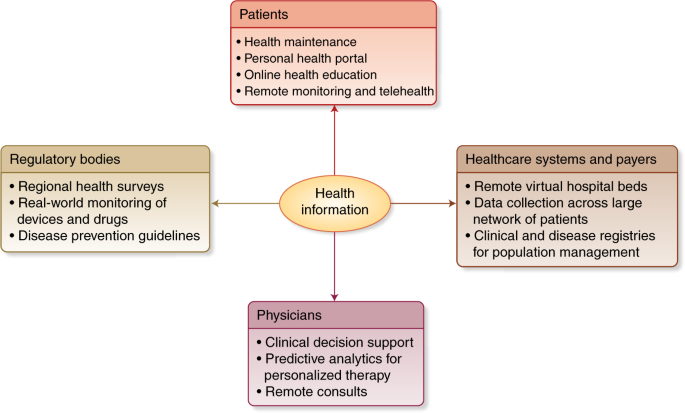A new issue of Cuadernos ICE shows the current state of the health system. You'll find an article that explains the main constraints to be overcome with all the details. Above all, in my opinion is the quality of institutions. The remaining articles are highly recommended as well.
We are living on a slippery slope and nobody cares about it, it seems that key decision makers have forgotten to read and accept facts as they are. I strongly suggest a reading of these articles. Something should be done to avoid having to rewrite the same a decade later, as it has happened. Maybe the reforms never end because they still have to start.
Take a chance, play your part. Don't wait too long.
PS. Facts (1) and (2)
You can cry a million tears
You can wait a million years
If you think that time will change your ways
Don't wait too long
When your morning turns to night
Who'll be loving you by candlelight
If you think that time will change your ways
Don't wait too long
Maybe I got a lot to learn
Time can slip away
Sometimes you got to lose it all
Before you find your way
Take a chance, play your part
Make romance, it might brake your heart
But if you think that time will change your ways
Don't wait too long
It may rain, it may shine
Love will age like fine red wine
But if you think that time will change your ways
Don't wait too long
Maybe you and I got a lot to learn
Don't waste another day
Maybe you got to lose it all
Before you find your way
Take a chance, play your part
Make romance, it might break your heart
But if you think that time will change your ways
Don't wait too long
Don't wait
Hmm... Don't wait









